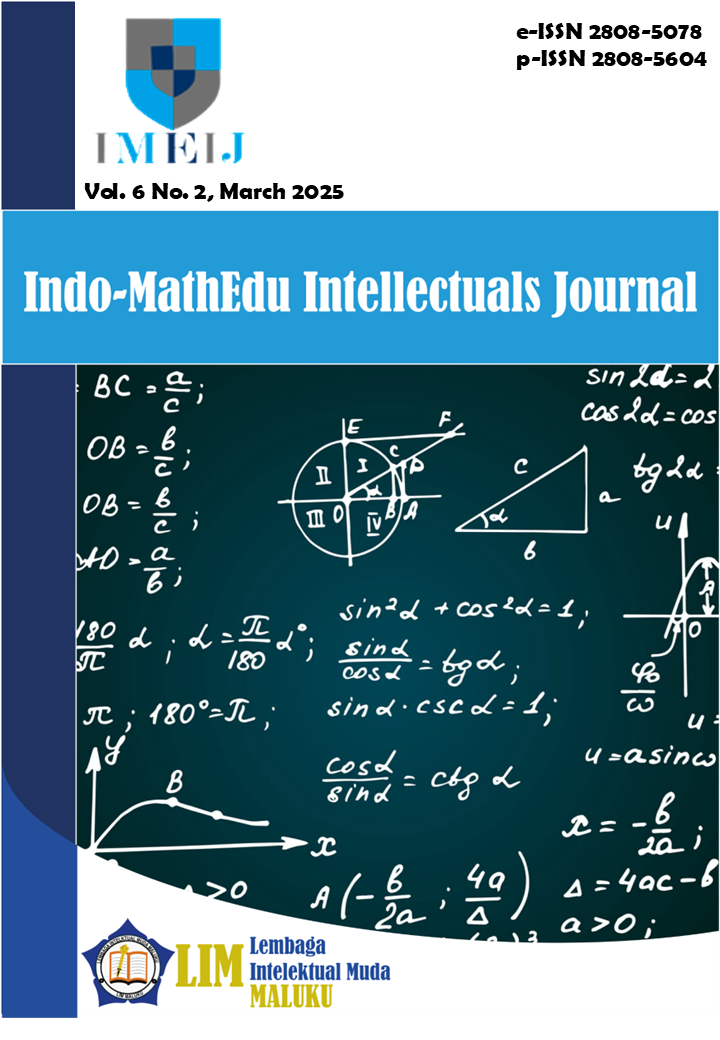Kajian Etnosains Pembuatan Kain Tenun Ikat Karaja Desa Sodana Kecamatan Lamboya Kabupaten Sumba Barat Sebagai Sumber Belajar IPA
Main Article Content
Abstract
The purpose of this study is to find out the ethnoscience study of making Ikat Karaja woven fabric in Sodana Village, Lamboya District as a Science Learning Source. This research uses a qualitative method. The data was obtained from the results of observations, documentation interviews and analysis. The instruments used in this research are: observation sheets, interview sheets and documentation. Data analysis techniques through the stages of data reduction, data presentation and conclusion drawing. The results of the study show that: The amount of biodiversity on the island of Sumba is reflected in the traditional equipment and materials used in the smelting process, which are divided into various categories. The making of Karaja ikat woven fabric consists of several stages, namely (1) preparing tools and materials such as Kijora, Doka, Koba, Bedo, Unna, Malirra, Analakatta, Hawungu, Rope raffia, scissors, thread, (2) determining the motif (3). tying motifs, (4) coloring motifs, and (5) weaving, the process of making weaving until it becomes fabric. The weaving process is also related to the material Physics of friction, pressure, gravitational potential energy and kinetic energy, material of plant biodiversity Biology, on Chemistry material, namely addictive substances. In conclusion, the manufacture of Karaja ikat woven fabric has ethnoscientific value, cultural values that are believed by the community to be used in science learning

